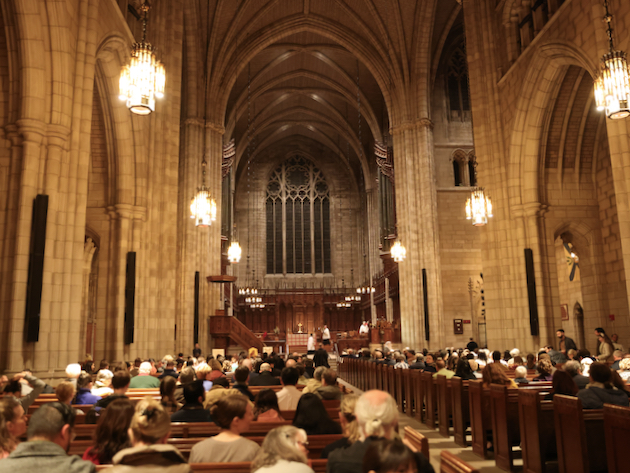
Friday was a very special evening at the Princeton University Chapel: First Vespers of St. Chad of Mercia, bishop, according to the use of the Church of Salisbury (the “Sarum Use”). The Use of Sarum was the main form of the Roman liturgy in Pre-Reformation England. It was celebrated now and then by Catholics as late as the 19th century, but was regrettably entirely superseded by the “Tridentine” liturgy. Perhaps that was because the Use of Sarum obviously makes considerable demands upon a church’s staff resources and available time….. First Vespers refers to the fact that St. Chad (whose feast is on the following day, March 2) was commemorated. 1)
Music and ceremonial were of outstanding quality. A congregation of around 1,000 was in attendance. The demeanor of all was reverent. An introduction preceding the Vespers and the informative program emphasized the spiritual nature of what was happening. In no way was this liturgy presented as a secular concert.
I must admire the creativity (in an appropriate sense) of the organizers. If the basic elements of ritual and music were supplied by authentic texts of the period, features of other traditions were freely drawn upon to complete the liturgy. So, German and English organ music of the 20th Century preceded and followed Vespers. A Byzantine icon was displayed. Benediction of the Blessed Sacrament ( a ritual not a part of the Use of Sarum) concluded the evening. It was a rare instance of how the various strands of Tradition can mutually complement each other without falling into arbitrary eclecticism.
Achieving all this was a truly a remarkable effort. 2) It illustrates that if such an effort is made, while preserving the spiritual basis of art, music and ceremonial, people will come. We were proud that the Society of St. Hugh of Cluny could be counted as one of the sponsors.
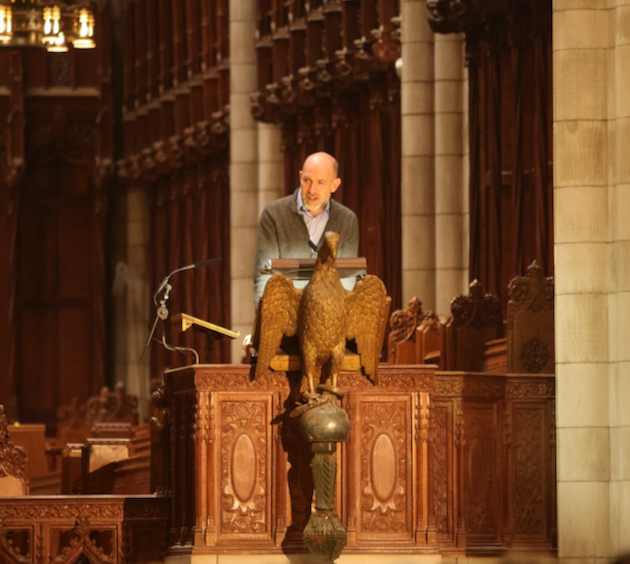
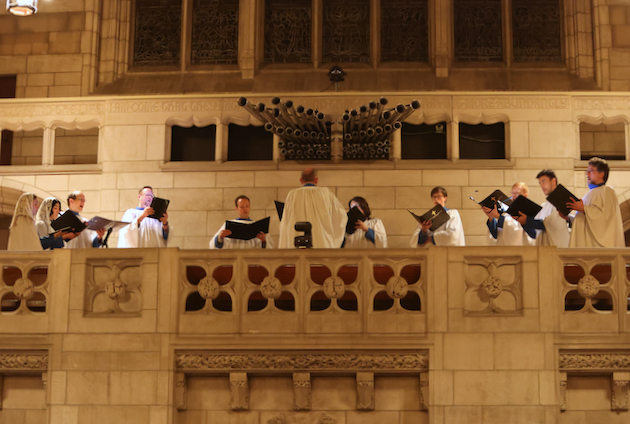
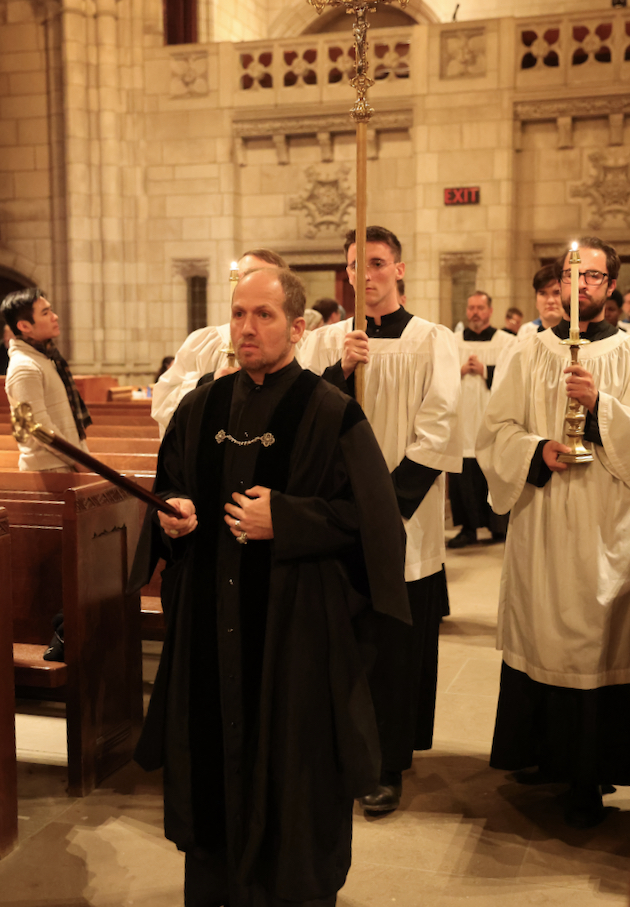
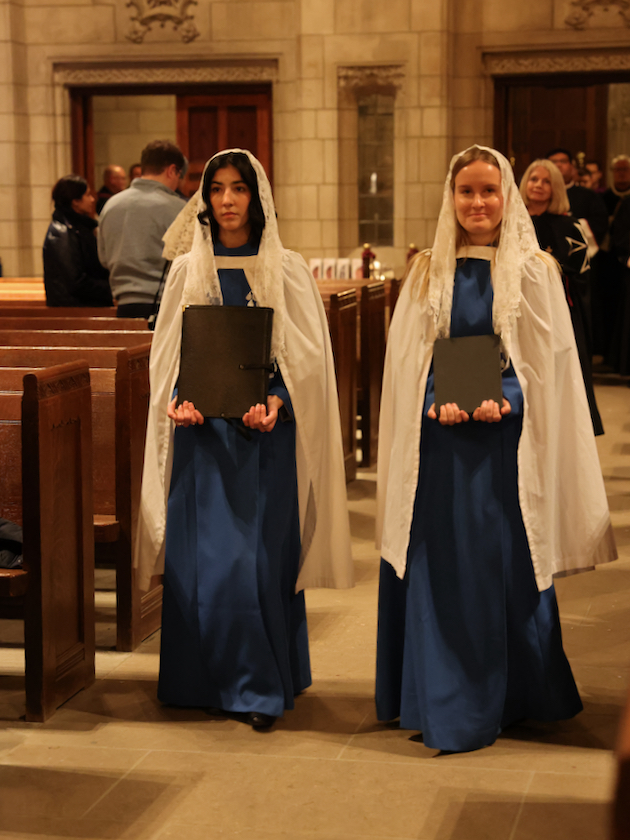
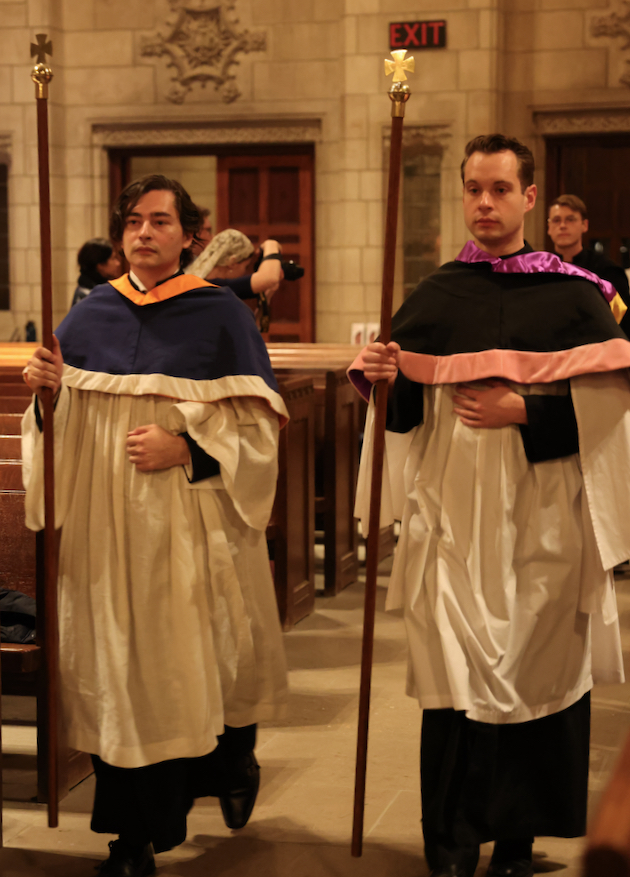
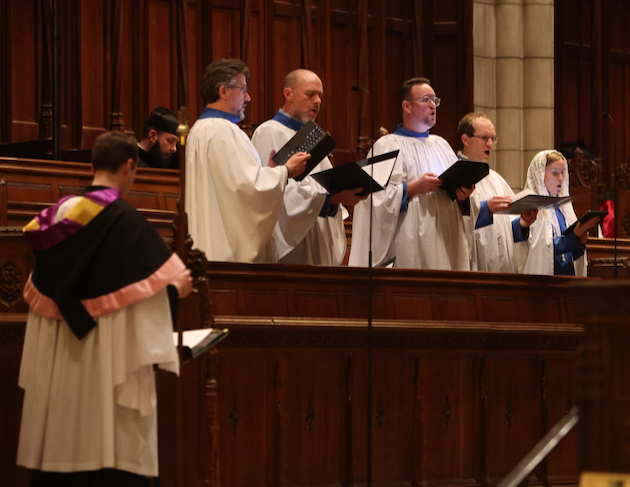
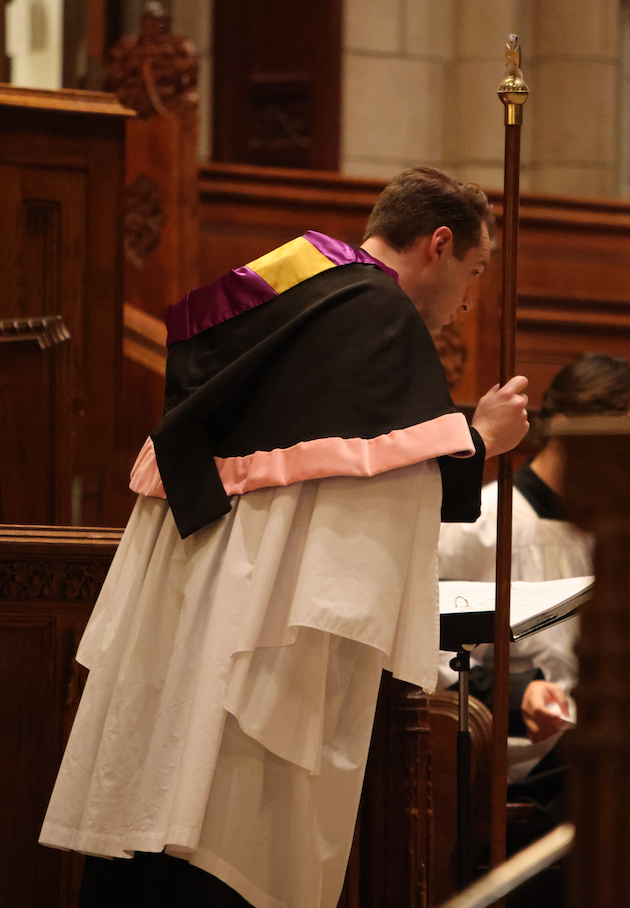
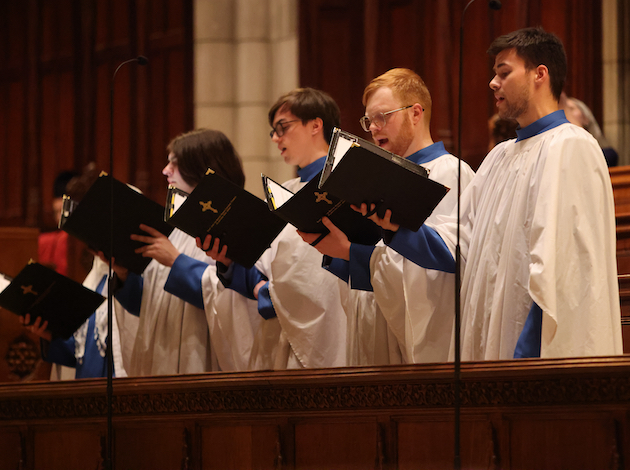
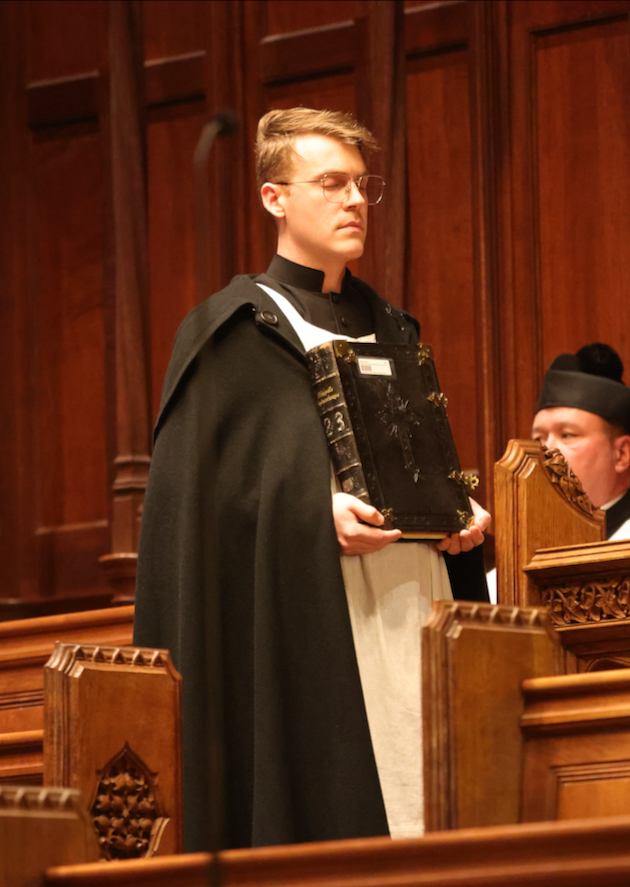
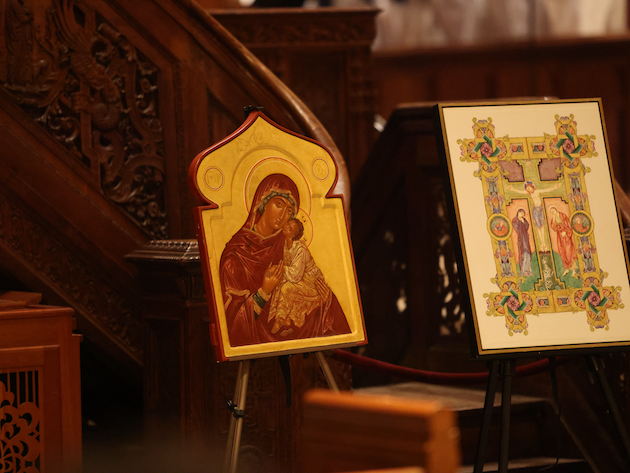
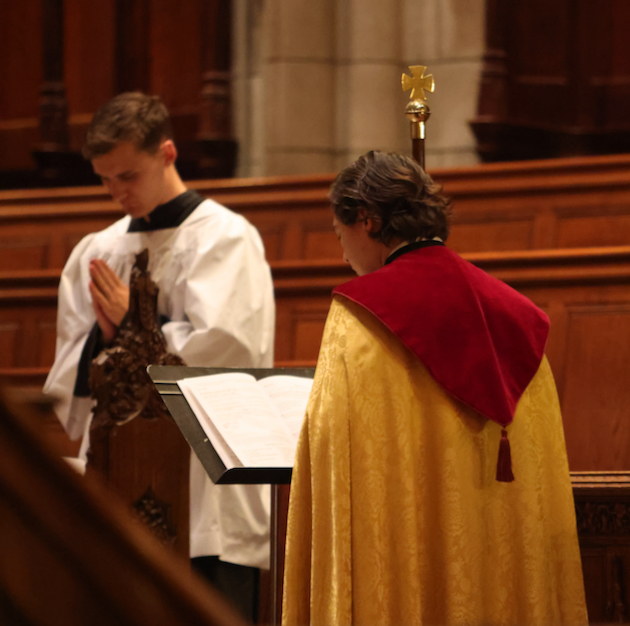
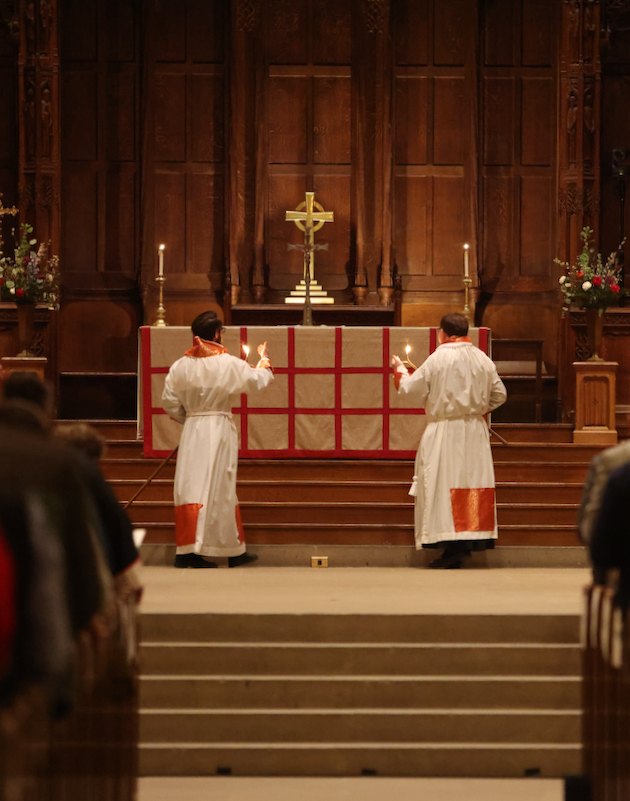
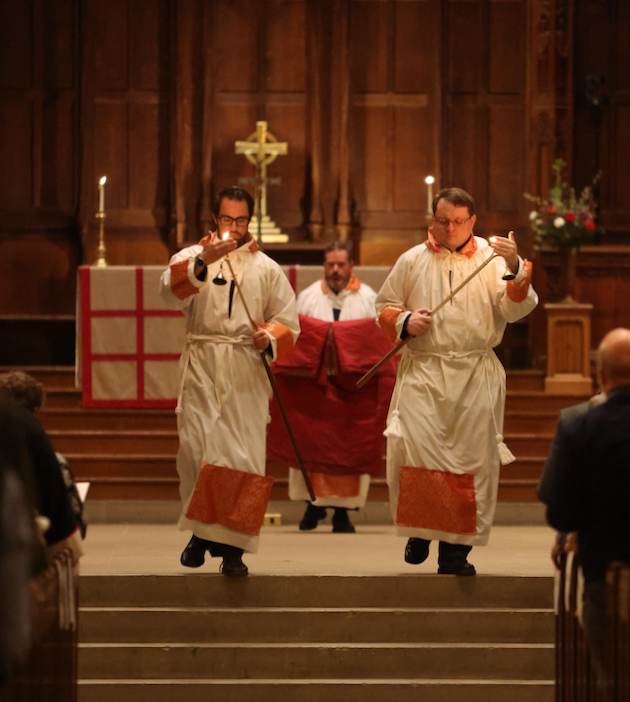
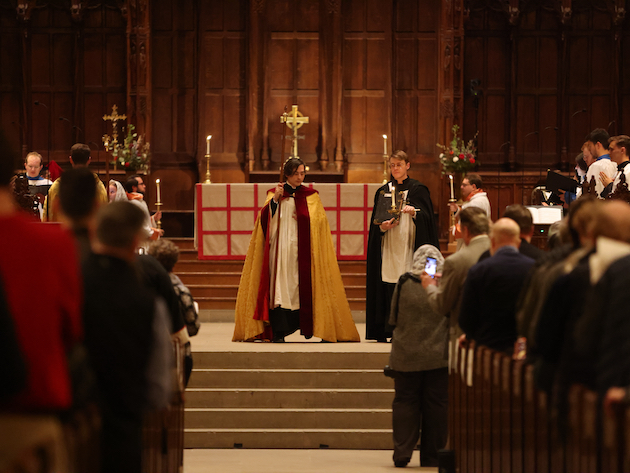
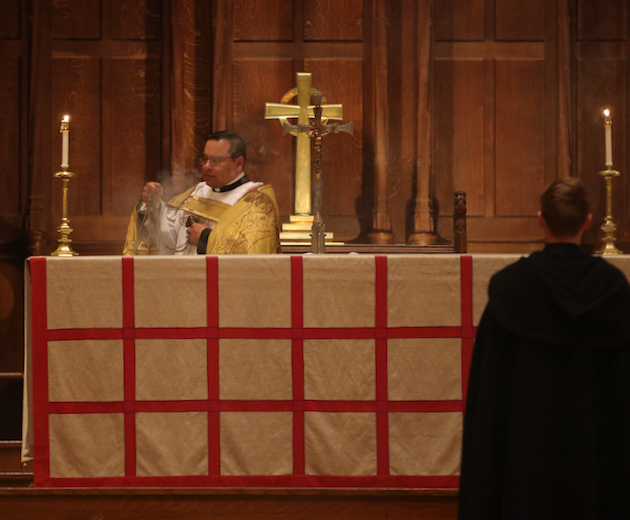
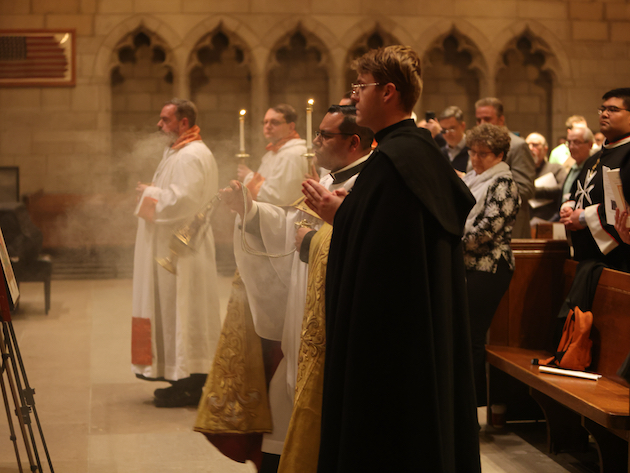
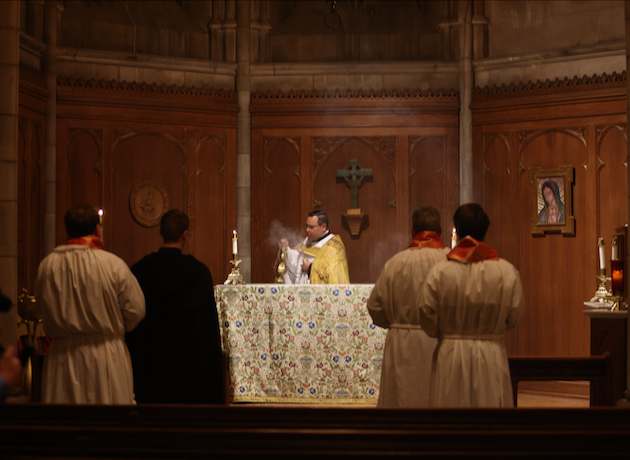
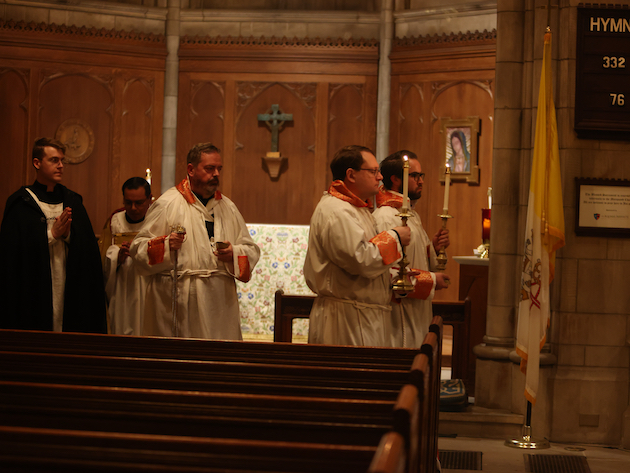
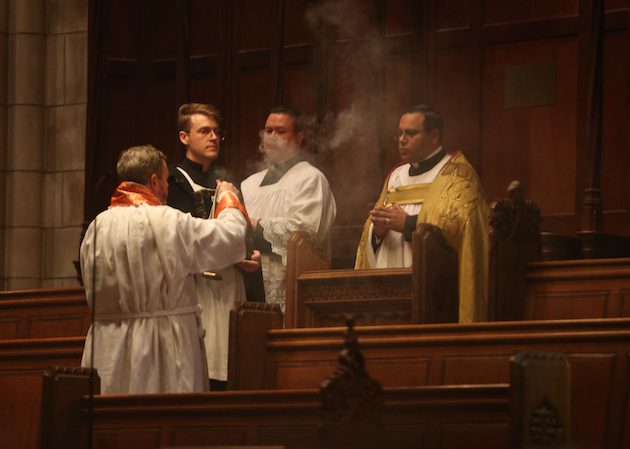
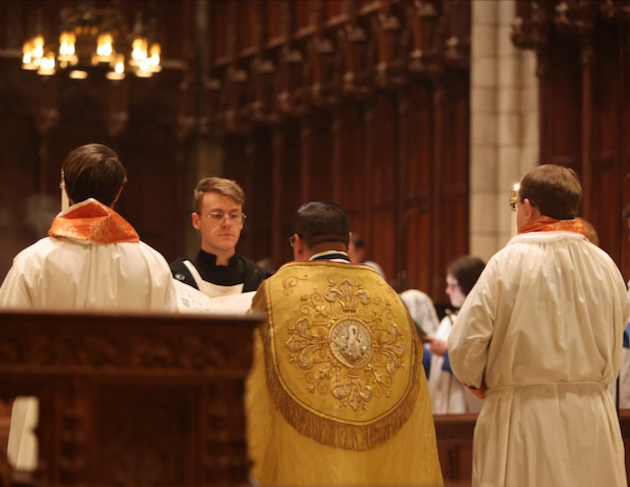
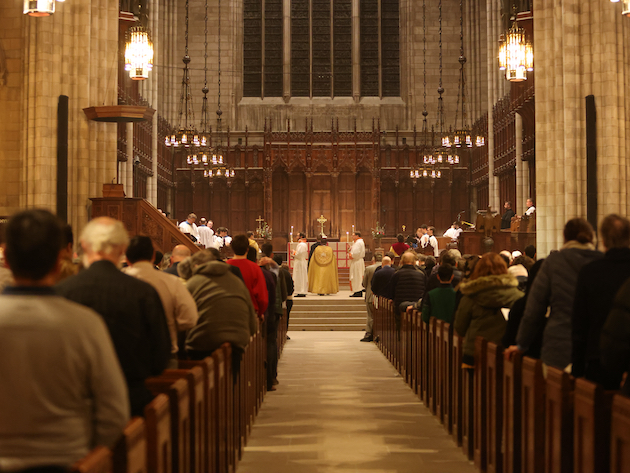
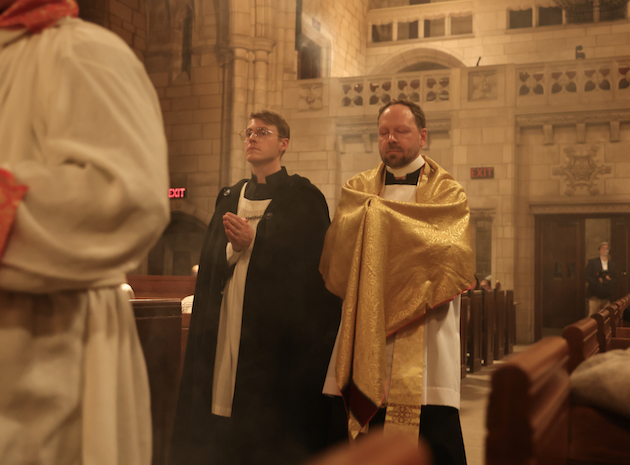
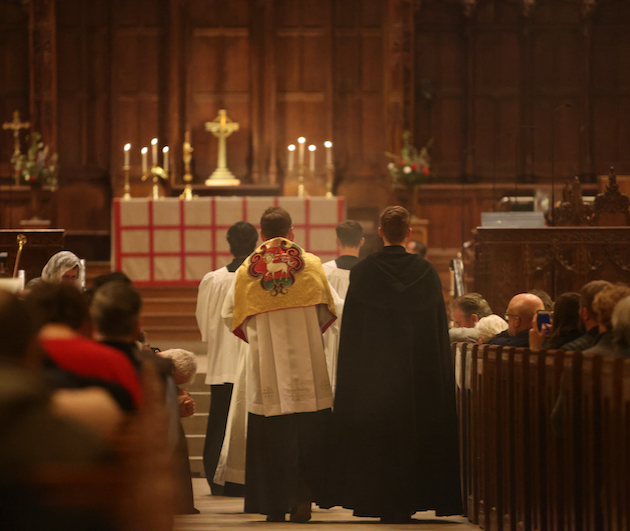
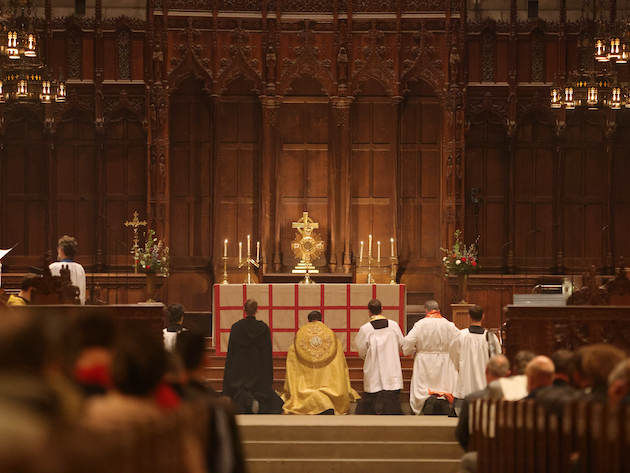
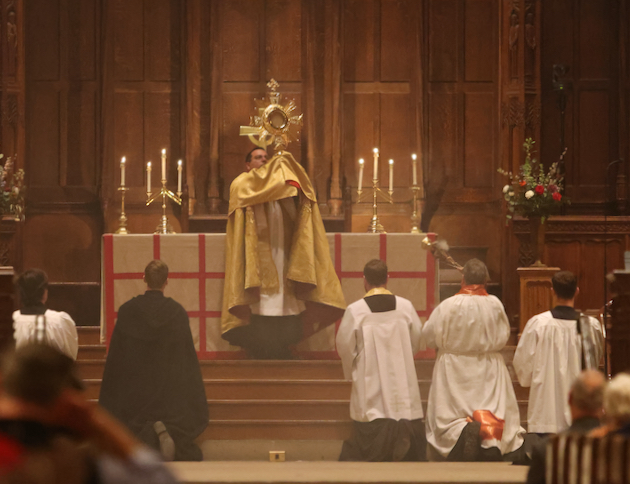
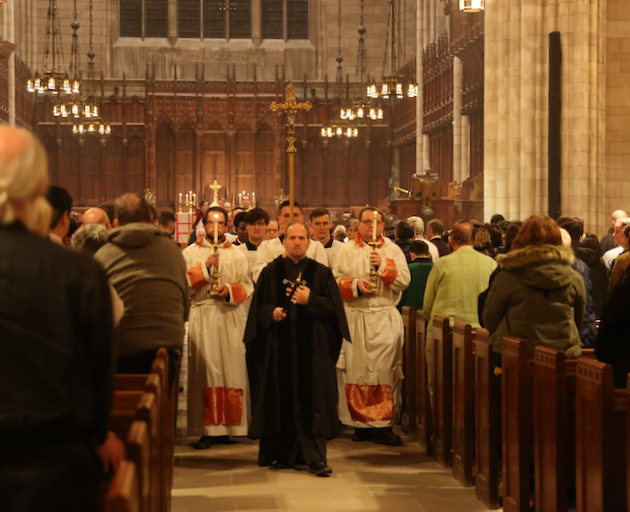
- March 1 itself is the feast of St. David. An old English weather rhyme commemorates the saints of first three days of March: First comes David, then comes Chad, Then comes Winnol, roaring like mad.
- More information can be found at Catholic Sacred Music Project.
Related Articles
No user responded in this post